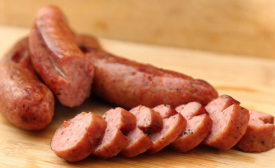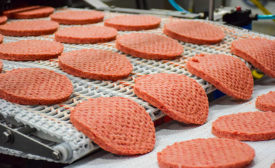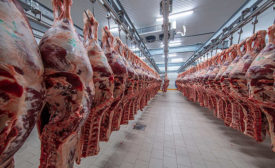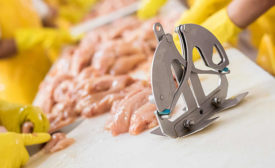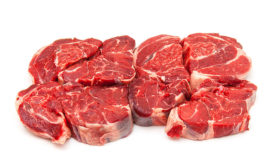Articles by Elizabeth Fuhrman
Special Report | The Poultry Report
2020 Poultry Report: Finding a path forward
Industry still awaits turkey's market turnaround and big-time export opportunities, while chicken processors need to re-energize product innovation to continue to catch consumers' eyes.
Read More
Processing Tech
Vision system technology advances food safety and quality assurance
A view of a safer future
Read More
Food Safety
Improving effectiveness and efficiency of antimicrobial dips and sprays usage
Pushing the antimicrobial envelope
Read More
Formulation Strategies | Breakfast Trends
Protein dominates breakfast
Meat and poultry product formulators can give consumers the protein they want with the full flavor and quality they desire.
Read More
Advancing sandwich construction
Ready-made sandwiches meet the need for convenience among today's consumers.
Read More
The Bacon Report
2019 Bacon Report: A slow in bacon's roll?
Bacon continues to fly off the shelves, but the growth has been stunted recently by outside pressures.
Read More
Foreign material contaminant control
Good manufacturing practices and employee training can help avoid costly recalls from foreign material contamination.
Read More
Stay ahead of the curve. Unlock a dose of cutting-edge insights.
Receive our premium content directly to your inbox.
SIGN-UP TODAYCopyright ©2024. All Rights Reserved BNP Media.
Design, CMS, Hosting & Web Development :: ePublishing
